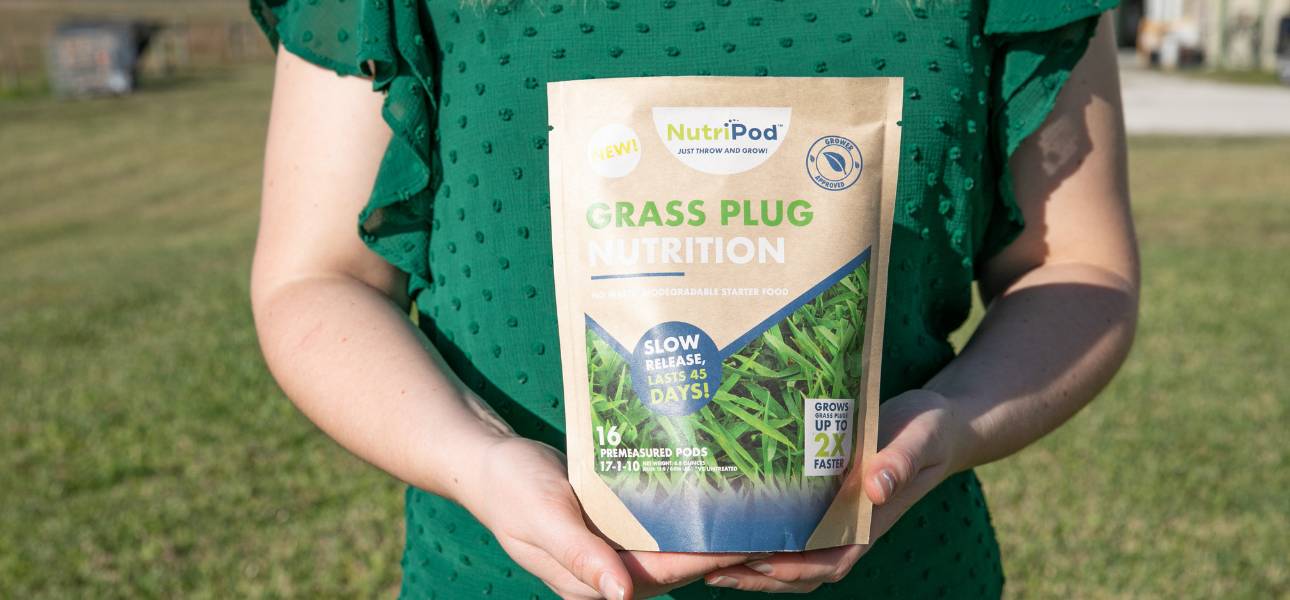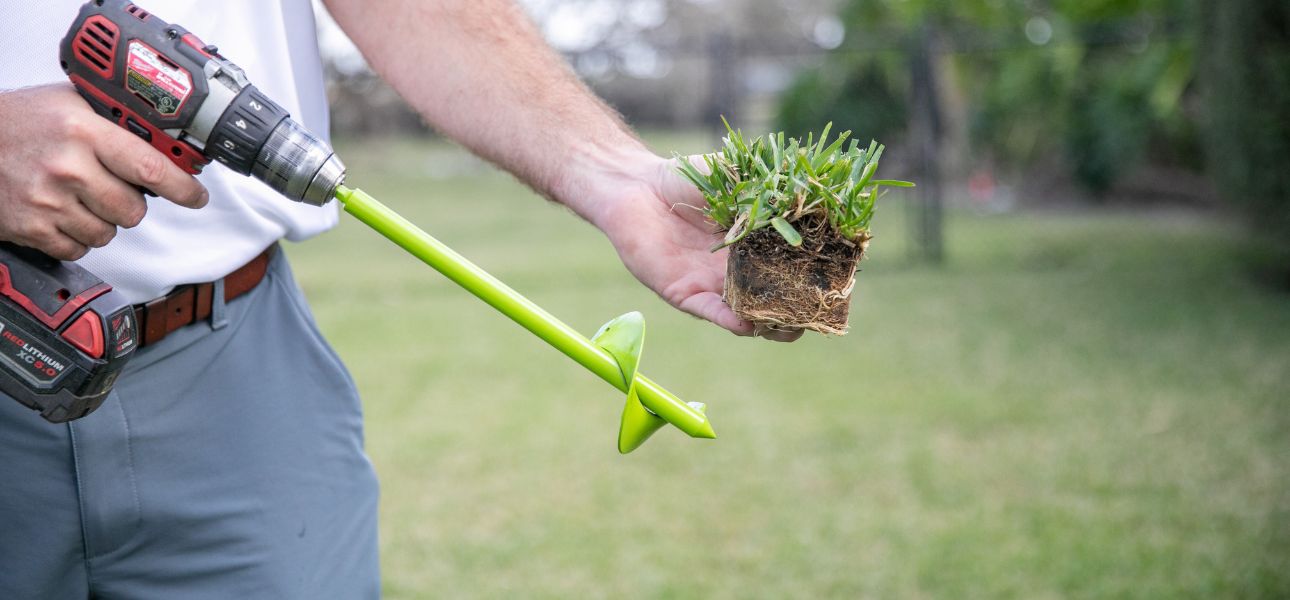8 Lawn Care Myths That Damage Your Grass

Maintaining a lush, green, weed-free lawn can be challenging. With a wealth of lawn care tips online, homeowners often rely on this information to look after their lawns. However, distinguishing reliable advice from misinformation can be difficult. Following inaccurate advice can do more harm than damage to your lawn.
Stop Believing These Myths—Try These These Lawn Maintenance Tips Instead
Our experts at Bethel Farms, a trusted provider of high-quality lawn care solutions, including grass plugs for sale, weed out some common lawn care myths and provide proper tips to ensure your lawn thrives.
Myth: You can water at any time of the day
The best time to water your lawn is early morning, preferably between 5 and 10 a.m., to allow the water to penetrate effectively through the soil before the day's heat. This ensures your yard benefits most from the irrigation.
This timeframe is optimal because there is less sunlight and wind, reducing the amount of water lost to evaporation. Watering in the afternoon, when temperatures are high, can result in significant water loss before it reaches the root zone. Similarly, watering in the evening can create conditions that attract lawn fungus.
Myth: The lower you cut your grass, the less often you have to mow
Plants like grass use their leaves to make food through photosynthesis. When you cut the grass too short, it limits its nutrient supply, making it easier for weed seeds to germinate and thrive. Additionally, cutting too much of your grass can lead to scalping, which exposes its crowns and roots to harsh weather conditions, weakening your lawn and making it more susceptible to pests and diseases.
While cutting the grass shorter to reduce your mowing frequency may seem logical, following the one-third rule is essential. This rule recommends cutting no more than one-third of the grass blade length in a single cutting to maintain a healthy and resilient lawn.

Myth: You should water your lawn daily
Watering your grass every day can result in significant issues in your lawn. It can saturate the soil, suffocating the roots and leading to shallow root growth. It weakens the grass and makes it more susceptible to pests and diseases. Additionally, constantly wet conditions can create an environment conducive to lawn weed growth.
Grass performs best when watered deeply and infrequently. This practice encourages deeper root growth, which makes your lawn more resistant to heat and drought stress. Warm-season grasses usually require approximately an inch of water per week, adjusting based on weather conditions and the growth stage of your lawn. For example, newly established grass plugs or sod should be watered thoroughly to keep the soil consistently moist for the first two weeks to help roots establish.
Myth: Leaving grass clippings will cause thatch buildup
Thatch is a layer of living and dead organic matter that builds up over time on the soil and primarily consists of roots, stems, and other organic debris that decompose slowly. Leaving grass clippings on the lawn does not contribute significantly to the thatch, as the clippings decompose rapidly and return valuable nutrients to the soil.
Mulching grass clippings only becomes an issue when the layer becomes too thick and suffocates your lawn, acting as a barrier that prevents sunlight, water, and nutrients from reaching the soil. You can safely mulch grass clippings no longer than an inch. Longer clippings tend to clump, smother your lawn, and decompose longer. It is also why you should remove only one-third of the grass length at a time to ensure that the clippings are small enough to decompose quickly.
Myth: Wearing spiked shoes on your lawn will relieve soil compaction
Spiked shoes, or aerator shoes, are not only ineffective for aerating soil but can even contribute to soil compaction. The spikes on these shoes compress the soil around the holes instead of lifting it upward, resulting in denser and more compacted soil.
We recommend traditional core aeration instead of using aerator shoes to achieve a thick turf and maintain a healthy lawn. This method involves removing small plugs of soil from the ground and creating channels for air, water, and nutrients to reach the roots. Although a grass plug tool, you can use the SodPods® Power Planter to function as a core aerator. For best results, aerate your existing lawn in mid-spring or when planting new grass, whether from seeds, grass plugs, or sod.

Myth: Lawn fertilizers are harmful to the environment
Lawn fertilizers can be both beneficial and harmful, depending on how they are used. When used properly and in moderation, fertilizers can contribute to healthy plant growth without harming the environment.
However, improper fertilizer use, such as applying too much or too often or using the wrong type of fertilizer, can lead to over-fertilization. This can result in nutrients leaching into the soil and running off into waterways, damaging the ecosystem and contributing to water pollution.
Solutions like NutriPod® grass fertilizer, which provides nutrients to new grass plugs in a slow-release manner, can avoid over-fertilizing risks. This controlled release ensures that the grass receives the nutrients it needs without excess runoff. Additionally, conducting a soil test can determine the specific needs of your lawn, allowing you to fertilize more effectively and minimize environmental impact.
Myth: Having thatch is bad
Many homeowners mistakenly believe that all thatch is harmful and rush to remove it. But, like with fertilizer, it's essential to strike a balance. Some thatch is beneficial, insulating the soil to help regulate soil temperature and retain moisture. However, when thatch becomes too thick—typically more than half an inch—it can prevent air, water, and nutrients from reaching the soil, leading to shallow root growth and an unhealthy lawn.
Regular maintenance practices, such as proper watering, mowing, and fertilizing, can help prevent excessive thatch buildup. If thatch does become too thick, dethatching can help restore the balance and promote a healthier lawn. Read here for a brief guide on how to dethatch a lawn.

Final Tips
Like with anything, it's essential to be wary of common lawn care myths and do your research before putting anything into practice. Following these myths can lead to serious damage to your lawn.
If you're wondering why your lawn is looking lackluster or requiring more effort than necessary, it's time to reassess your lawn maintenance practices and find out what you might be doing wrong. By educating yourself and seeking out proven solutions to ease lawn care, such as using SodPods® grass plugs, you can save yourself from the work of starting from scratch.
For a low-maintenance lawn that looks lush and vibrant, take the guesswork out of lawn care and explore the benefits of SodPods® today.

